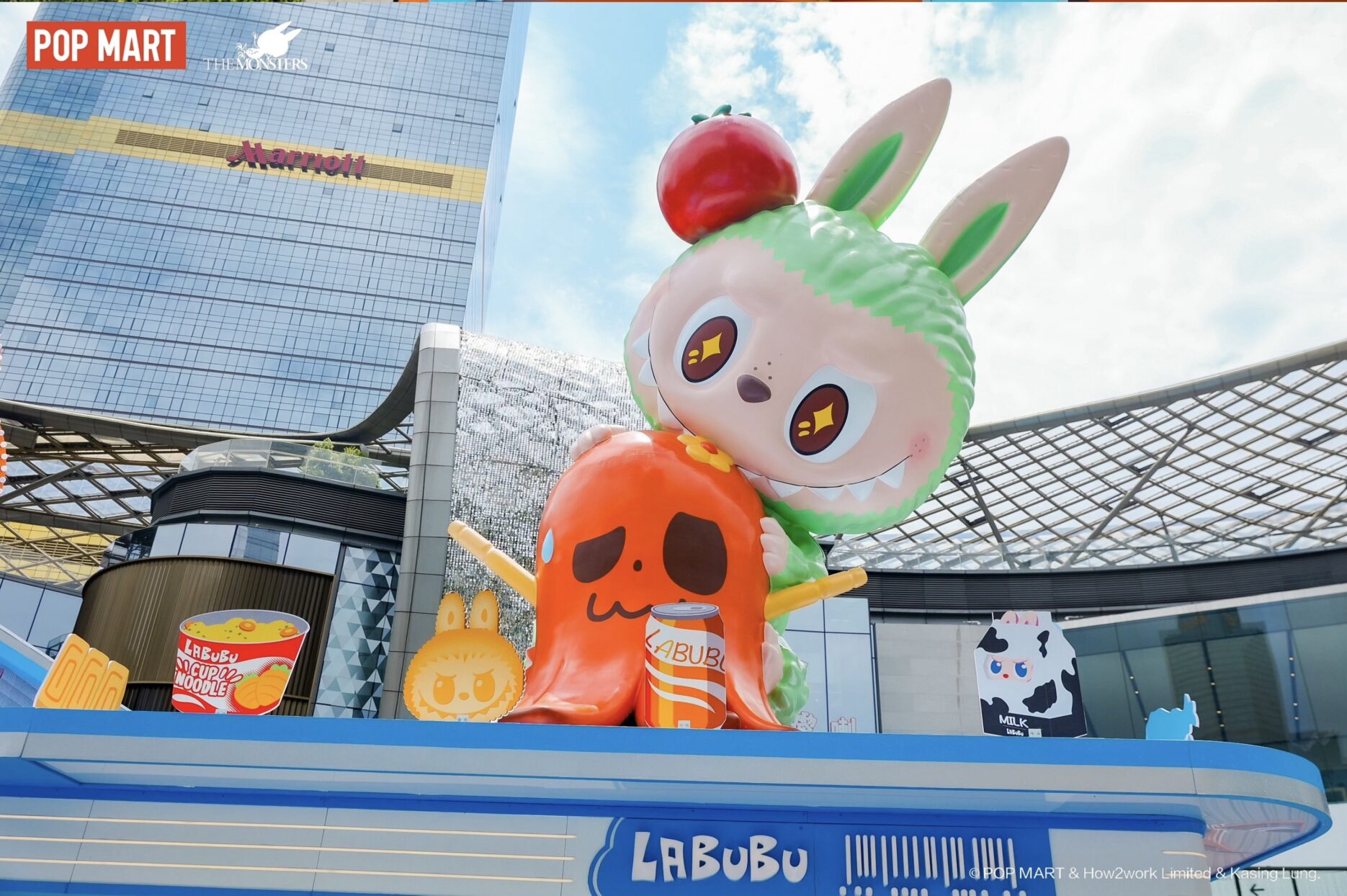You may have heard about young consumers in China engaging in what’s known as “consumption downgrade” or even “reverse consumption”. Fierce price wars are present in nearly all sectors, and there are growing concerns about deflation. At the same time, Chinese consumers are queuing for the latest coffee or tea collab, paying premiums for rare LABUBU toys and cheering for brands such as Xiaomi, JD.com and Pangdonglai (DL). What, indeed, are they paying for and why? The secret, according to Douyin, TikTok’s Chinese sister app, is the power of “emotional consumption”.
In mid-June, Douyin Mall (抖音商城), the Chinese version of TikTok Shop, released its report on what it calls “emotional consumption”. The idea behind it is that consumers are going beyond the usual value for money and are willing to pay a premium for the “emotional value” a purchase brings.
Consumers are going beyond the usual value for money and are willing to pay a premium for “emotional value”
What’s emotional consumption?
It’s consumer behaviour driven by the “emotional value” attached to products or services that plays a huge part in the “decision stage” of the customer journey. But why does it matter so much?
Douyin’s report shows that 88.2% of young people today are facing stresses in life, and over 60% of them feel that consumption helps alleviate the stress. The same report shows that nearly 30% of purchases made by young consumers today are for their own interests. 60% of young people value “spiritual” consumption rather than “material”, while over 90% are willing to pay a premium for emotional value.
The reports find that the “healing” economy will reach 7 trillion USD in 2025, and emotional consumption is a large part of that, having seen 12% annual growth since 2013. The report estimates it will reach 2 trillion RMB (278.80 billion USD) in 2025. Designer toys such as LABUBU from POP MART, travel, pets and food and beverage are the leading sectors in the market.
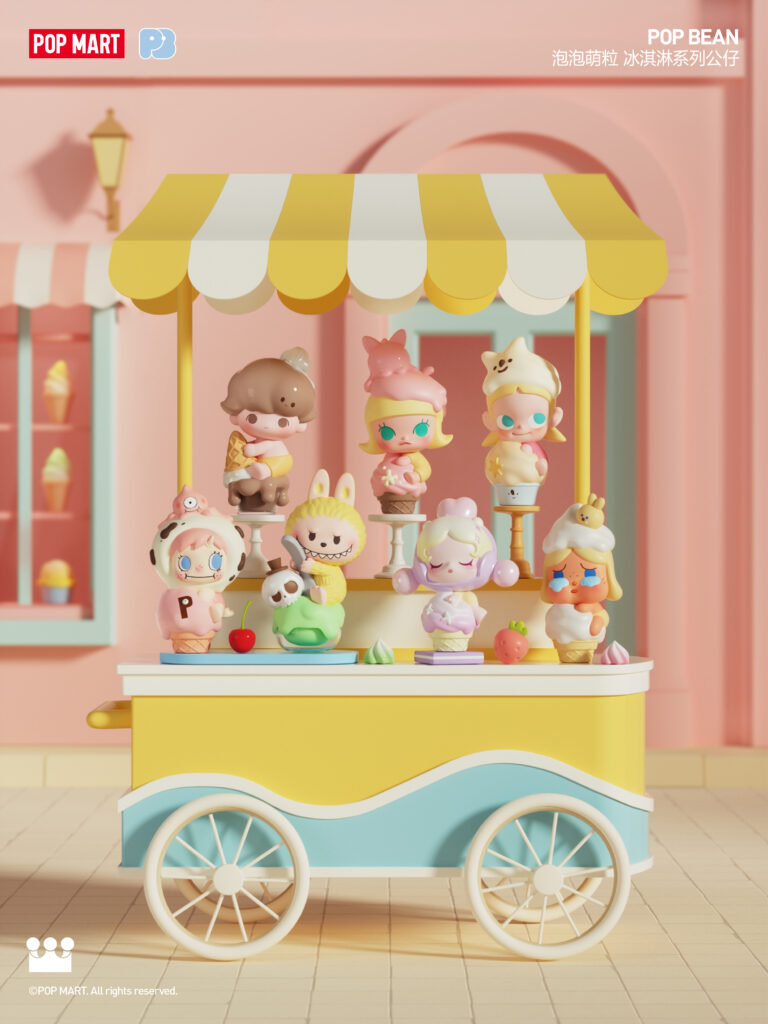
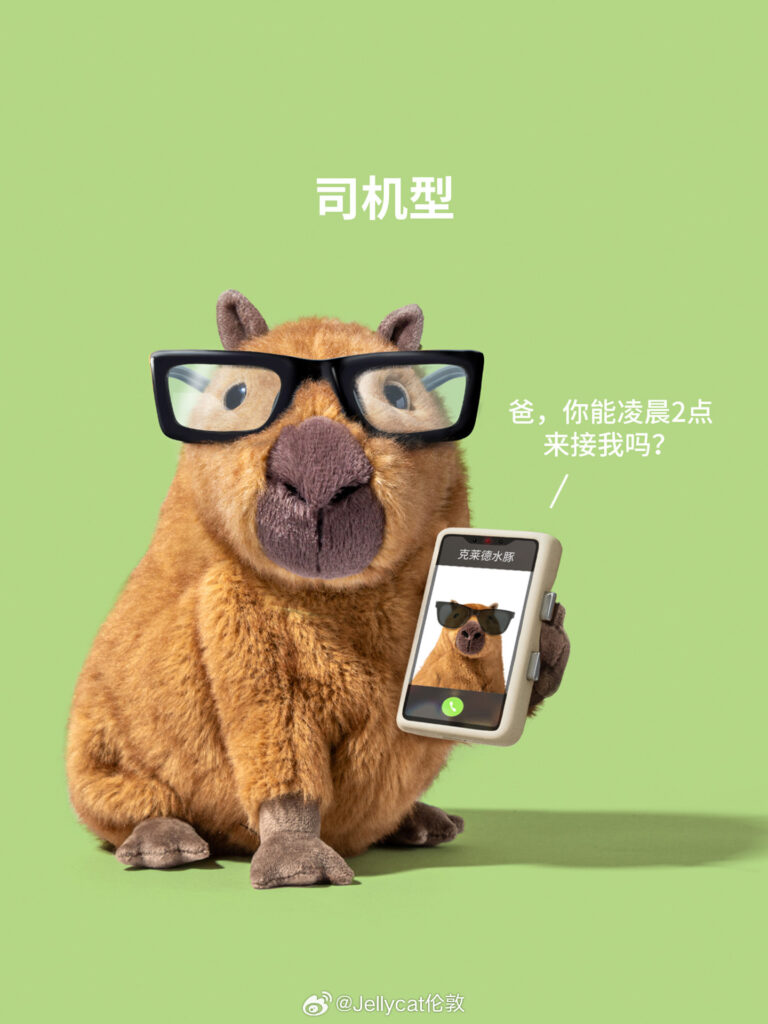
Young consumer cohorts seek “chargers” for their mental energy by releasing pressure. From scratchcards to “xuanxue” items like virtual muyu, creative merch to travel destinations, all the way to the “healing” effect of cotton dolls and other plushies. Data shows that in 2024, plushies generated 3.96 billion RMB (552.02 million USD) online, up 20.9% year-on-year. 62% of young people, according to the report, see “unique merchandise” as an important part of social sharing. Creative and unique designs have become a part of their social identity and are a way to express their personal taste.
The five types of emotional consumers
- The “crazy”
“Crazy literature” has been a large part of online discourse where young people use “abstract” and surreal humour to express themselves. This regularly features in the “Crazy Thursday” campaigns from KFC and “McClan” literature from McDonald’s. Strange, unconventional and “ugly” items are their favourites.
- The self-rewarding
These young people enjoy rewarding themselves whenever they have a chance to relieve daily stress. They like sophisticated and well-designed items which embraces the “self-care” or “self-pleasing” philosophy, popular since last year.
- The “low-energy”
These stoic young people do not want to participate in the “involution” (内卷, fruitless competition) of the modern workplace. The release of pressure is what they look for. They like “literally me” memes and stickers, and related merch, often with self-depreciating humour.
- The “xuanxue” lover
They love temples, muyus and AI divination. While they might not believe everything they hear, they take pleasure in the experience. Buddhist and Taoist merch, as well as auspicious decorations, can be found in their homes.
- The novelty seeker
They want everything that is creative and novel, from “maize tart” to “coffee rice dumplings”, to English Mahjong and pocket robots. They want to try every innovation.
Get them on Douyin?
Douyin, with its powerful short-form video content ecosystem and its recent investment in social commerce, is trying to leverage these trends to become a closed-loop, one-stop shop, starting from “seeding” all the way to transaction. There were 388 hot new trends on Douyin Mall in 2024, and 852 were in the first half of 2025 alone.
A new content IP called “playing with something very new” (玩一个很新的东西) was launched in February, and the hashtag gained over 71.4 billion views with 3.67 million posts. April Fool’s Day and Douyin Mall’s 618 campaigns also put focus on novelty and items that provide “emotional value”.

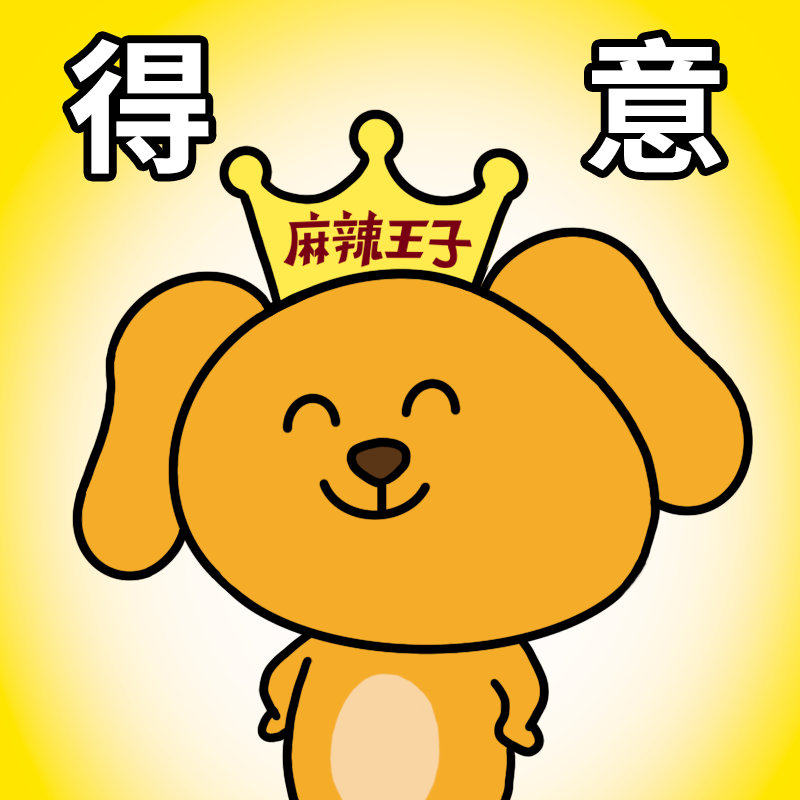
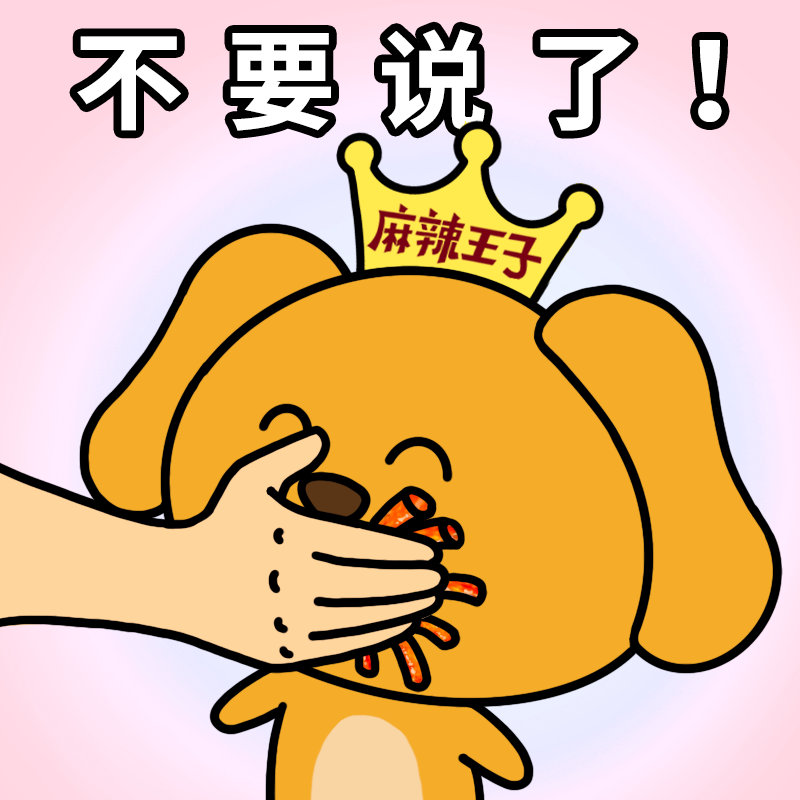
For young people today, in a time of economic uncertainty, it is natural to want to look after one’s own mental well-being. Consumption of goods and services is a readily available means to this end. For brands and marketers, it is a great opportunity to get into the minds of young consumer cohorts and ride the wave of change in consumer mindsets and behaviour.




